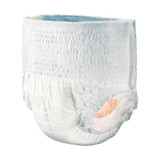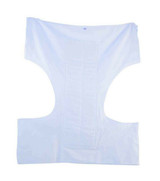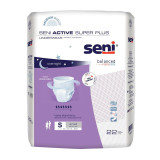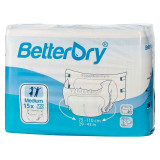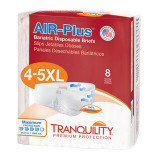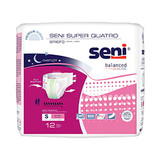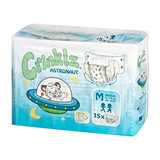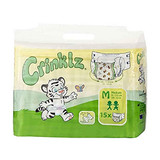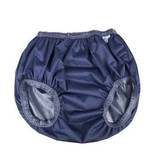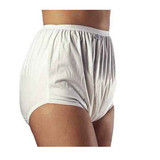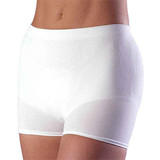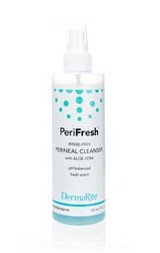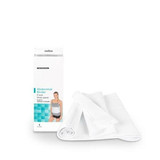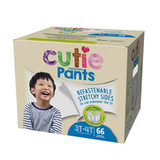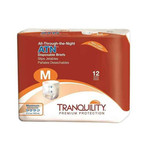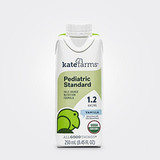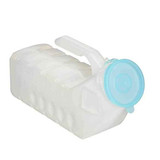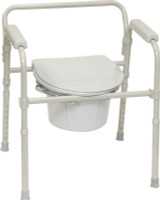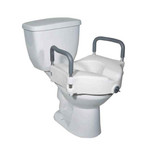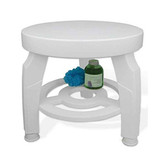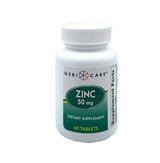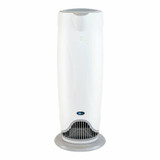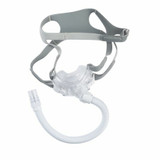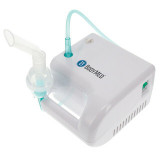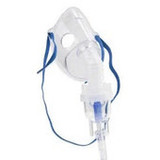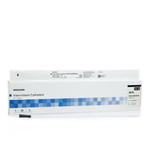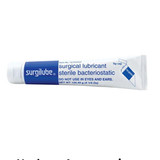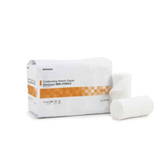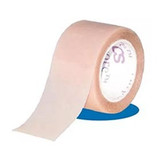
The Biodegradable Diaper Dilemma: Convenience vs Environment
Adult diapers are rapidly becoming a significant contributor to waste in landfills. According to a report published by seniorlivingguide.com, adult diapers make up 7% of landfill waste in the US. By volume, disposable diapers are now the third largest consumer product in landfills. With an aging population and increasing demand for incontinence products, this statistic will continue to worsen until we have a viable biodegradable diaper.
Another scary fact is that it’s estimated that a diaper can take up to 500 years to decompose completely. And being full of organic material, they can release various toxins into the ground and water as well as greenhouse gases into the air. The effect this has on climate change poses a serious challenge.
The Carbon Footprint Conundrum
Although we introduce the environmental impact issue by discussing things related to their disposal, the carbon footprint of adult diapers is much broader. The manufacturing and distribution processes also contribute significantly. A tremendous amount of energy goes into the extraction and processing of the raw material required to manufacture the diapers and packaging materials. This energy is still provided to a large extent by fossil fuels.
While there is an increased awareness of the environmental impact of diapers, there is a limit to how this impact can be reduced. Traditional adult diapers generally consist of layers of plastic, absorbent polymers and other synthetic materials. These materials are not biodegradable and can remain in the environment for centuries. Recycling is also not an option since used diapers consist of a mixture of synthetic materials and human waste that cannot be practically or economically separated.
Going Green
On the positive side, several diaper manufacturers are exploring alternative materials that are more biodegradable or compostable, such as organic cotton or bamboo fibers. While these efforts offer promising solutions for reducing the environmental impact of adult diapers, it will be very difficult to strike a perfect balance between functionality and comfort on the one hand and biodegradability and environmental impact on the other.
Ensuring that the diapers remain leak-proof and absorbent while using natural and biodegradable materials is a challenge that has yet to be conquered. Furthermore, the availability and cost of suitable alternative materials may present obstacles to large-scale adoption. Winning this battle is going to require innovative research and development efforts, collaboration across industries and an unswerving commitment to finding sustainable solutions.
Progress is being made towards the biodegradable diaper, though. More and more adult diaper manufacturers are drawing attention to the eco-friendliness of their products and their ongoing efforts in this regard. Manufacturers are pursuing various avenues, including the development of technology to improve efficiency and reduce the volumes of raw materials used and the responsible or sustainable sourcing of raw materials.
For example, Unique Wellness, the manufacturer of Wellness® Briefs and Wellness® Absorbent Underwear, has introduced NASA-inspired InconTek® technology that improves absorbency and keeps skin completely dry. With an absorbency capacity of up to 2.6 liters, this diaper will see you through for a full 8 hours. This means only three diapers per day compared to the six or more that is common with other products.
Abena, on the other hand, is following a sustainable sourcing and production efficiency strategy for their diaper products. They use only re-grown trees for the super-absorbent core and limit waste by unequivocally committing to a waste material limit of 5%. A third focus area is to reduce emissions related to packaging and distribution. In this regard, Crinklz squeezes as many units as possible into one package to reduce the relative amount of packing material per diaper and the number of product deliveries and their related emissions.
The Polymer Poser
While we can applaud all the initiatives and efforts to reduce the environmental impact of adult diapers, we have to accept that there is no way we can expect to make them totally neutral or sustainable. The two most important components of diapers are polyethylene and Super Absorbent Polymers (SAPs). The SAP is what absorbs and retains the liquid. It’s what makes the diaper work. The polyethylene makes the diaper impermeable and ensures that liquids stay inside to protect the wearer against untimely and embarrassing leaks.
The ecological Catch-22 is that neither of these materials is biodegradable, but the diaper cannot do its job without them. A considerable amount of time and money is being spent on research into biodegradable plastics and feasible natural alternatives. There are some promising developments, but we suspect that a completely biodegradable adult diaper that is also affordable is still a long way off.
Selecting Sensibly
We have seen that there are products that claim to be eco-friendly in various ways. Should we feel that we’re doing our bit by buying them? Well, certainly. Every little bit helps. But, just a second – what if the claims are false or exaggerated? What if everything has just been greenwashed? How will we know?
Greenwashing refers to the deceptive practice of making misleading or unsubstantiated claims about the environmental benefits of a product or company. Unfortunately, the diaper industry is not immune to greenwashing. Some brands may use eco-friendly buzzwords or images to create the illusion of sustainability without implementing substantial changes in their practices. Fortunately, it’s not all that difficult to uncover the truth.
Most diaper manufacturers will support their claims with accredited certifications or independent endorsements. Their environmental impact statements will also be clear and unambiguous. The use of vague terms like "eco-inspired" or "green-like" should be immediate red flags. Look out for labels such as the Forest Stewardship Council (FSC) or the Global Organic Textile Standard (GOTS). These labels give the consumer the assurance that all timber and other organic textile materials used in a product have been produced or sourced in an environmentally and socially responsible manner. Likewise, any claims of a compostable or biodegradable diaper or any other synthetic product or material should be backed by a standard such as ASTM D6400 or its European equivalent EN 13432. These standards regulate labeling requirements for plastics and plastic products that can be composted or biodegraded in aerobic municipal and industrial facilities.
So, in conclusion, adult diapers have allowed millions of people with incontinence to lead normal, or almost normal, lives. But the convenience and independence have come at somewhat of a cost, and adult diapers are posing a serious threat to the environment unless something changes. Having said that, there are ways that we can contribute to lessening the impact on the environment and, in time, hopefully eliminating it. We just need to know what to look for. Hopefully, this article has empowered you to make more informed choices. If not, and if you’re still unsure, speak to the team at LL Medico. We have more than 25 years of experience with adult diapers, and we’re confident we can help you make the best choices.




